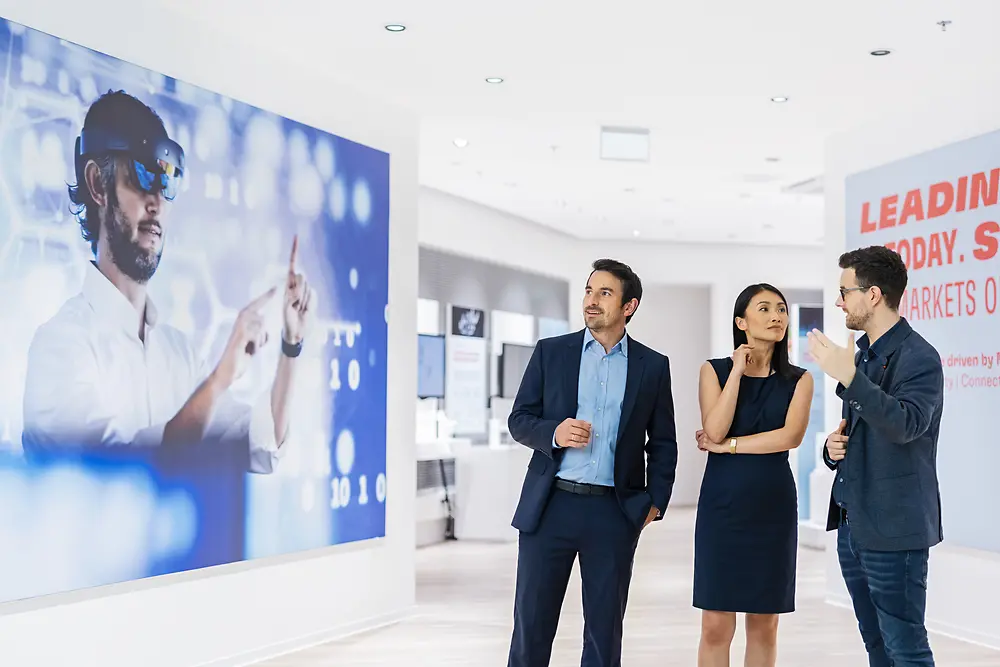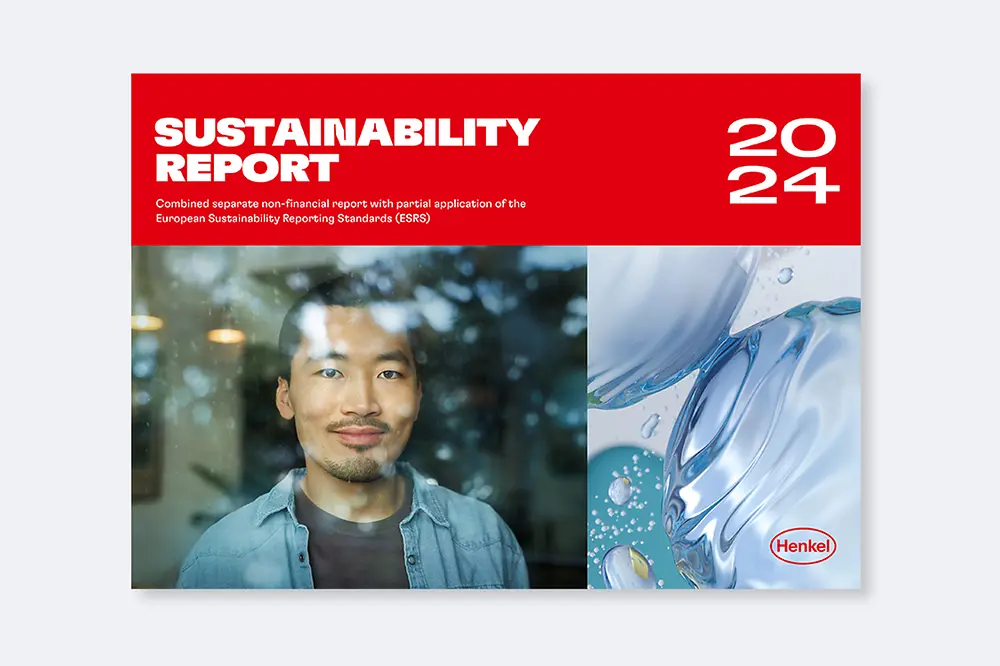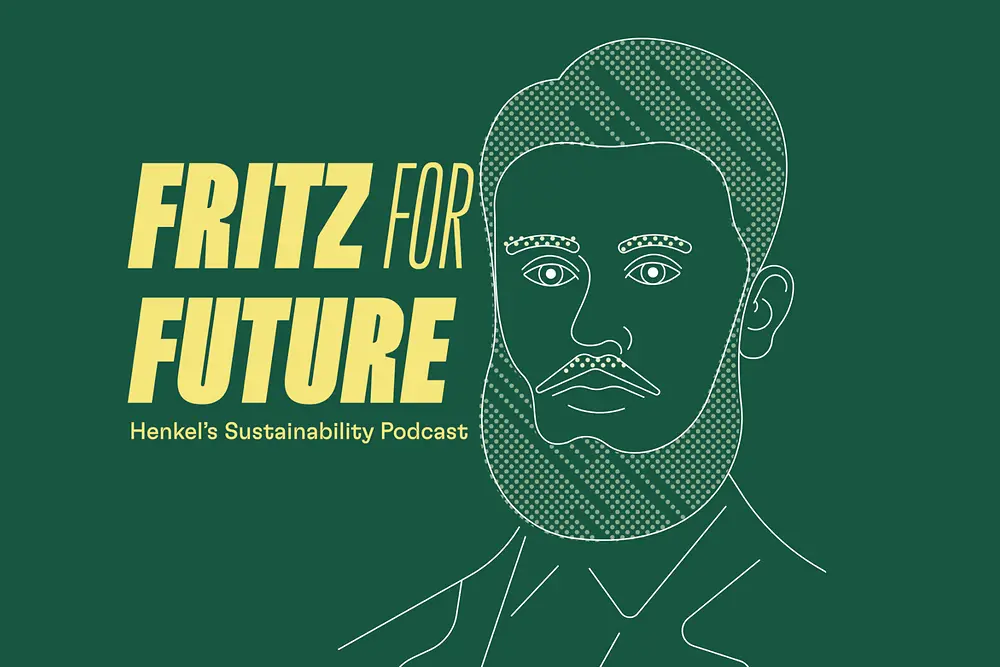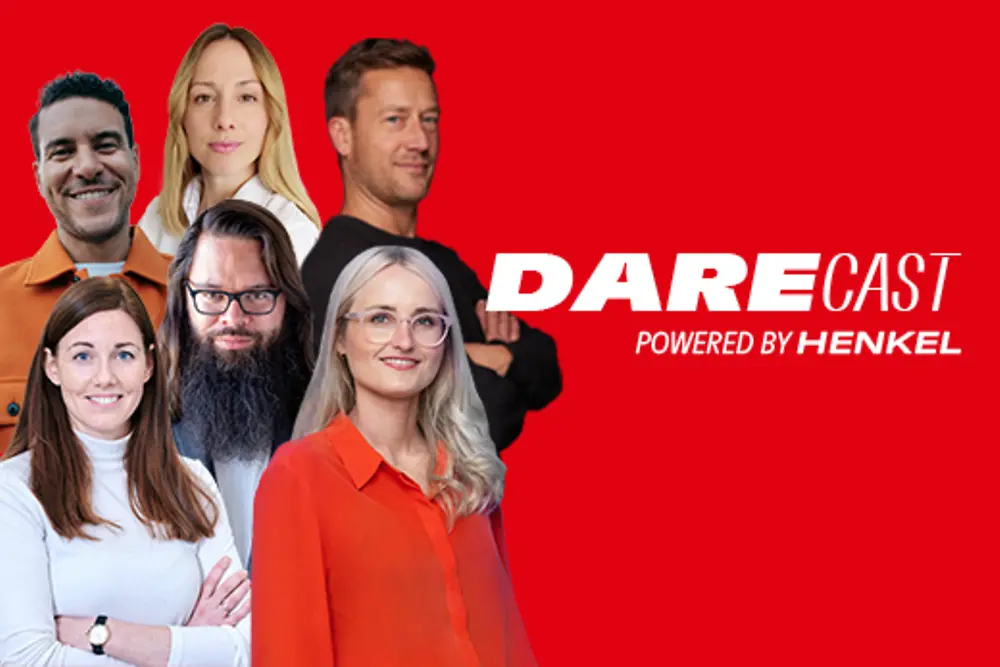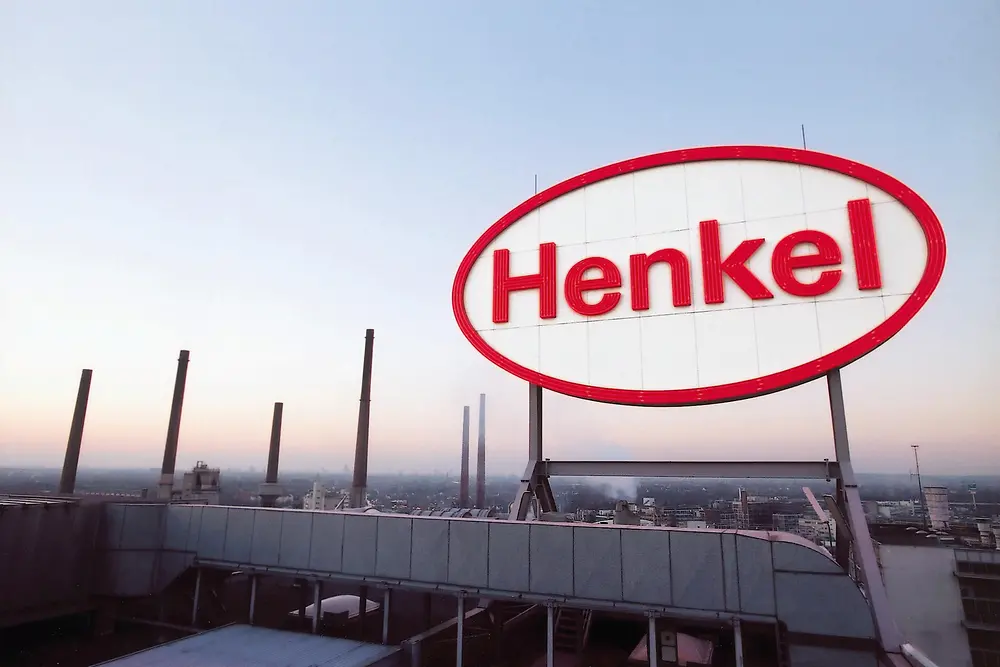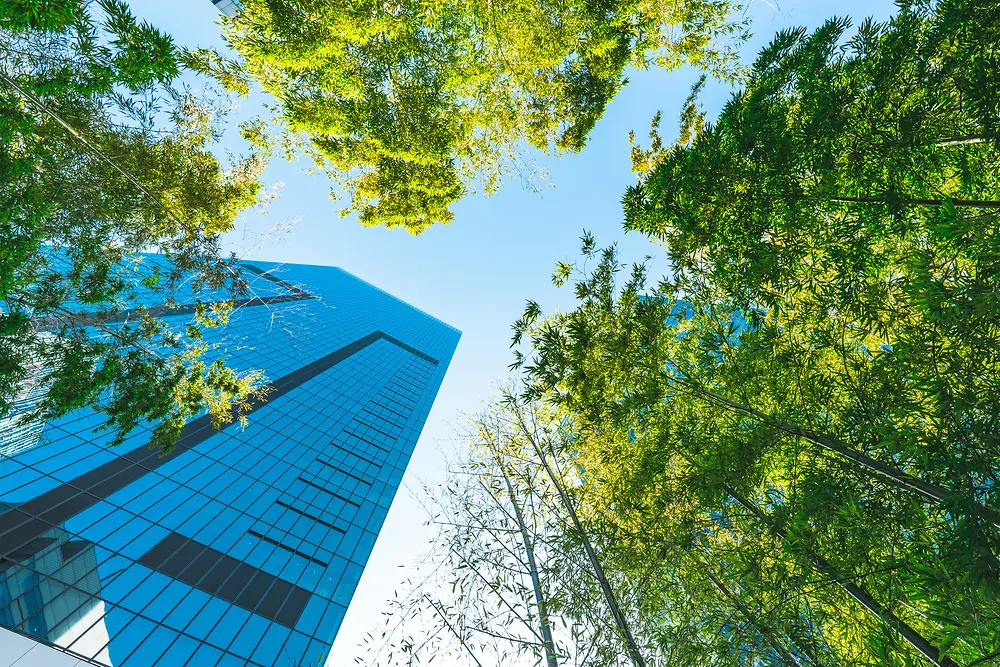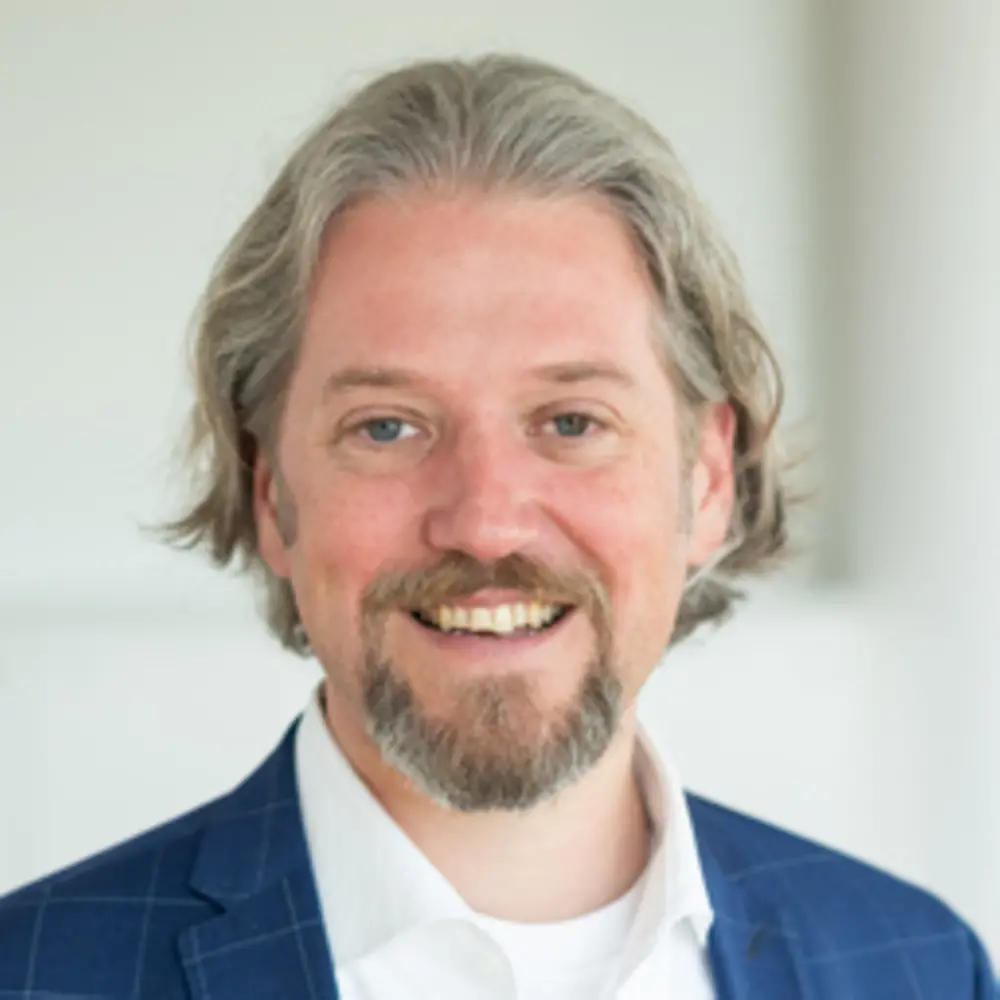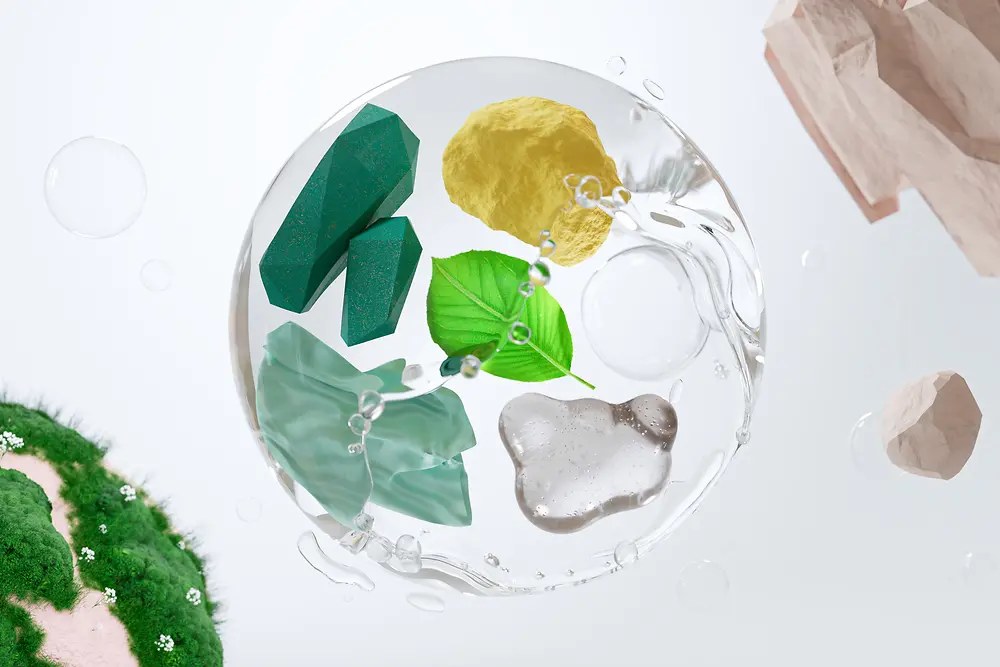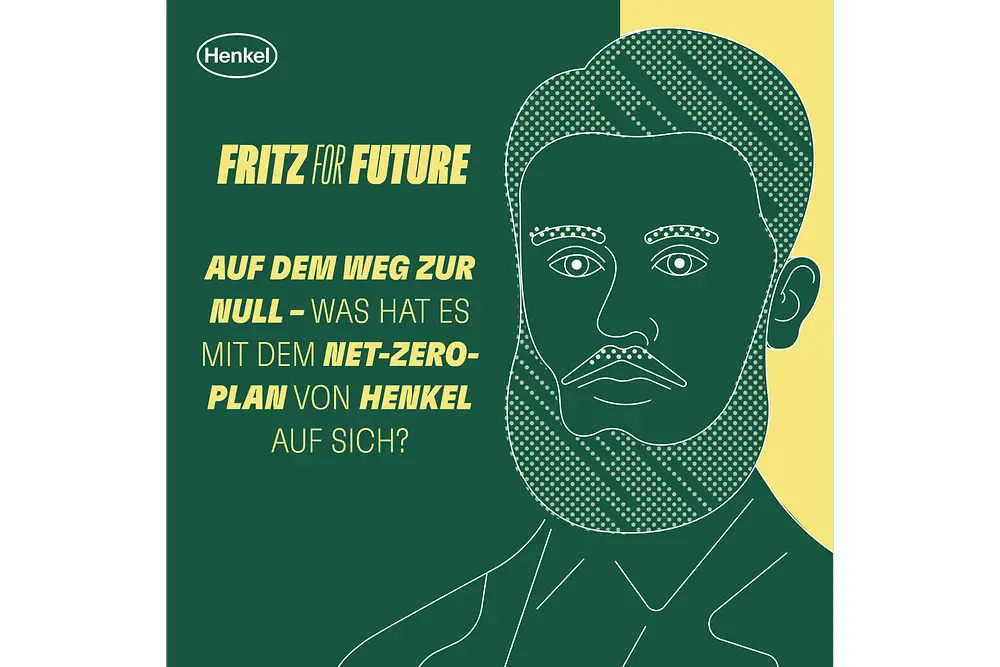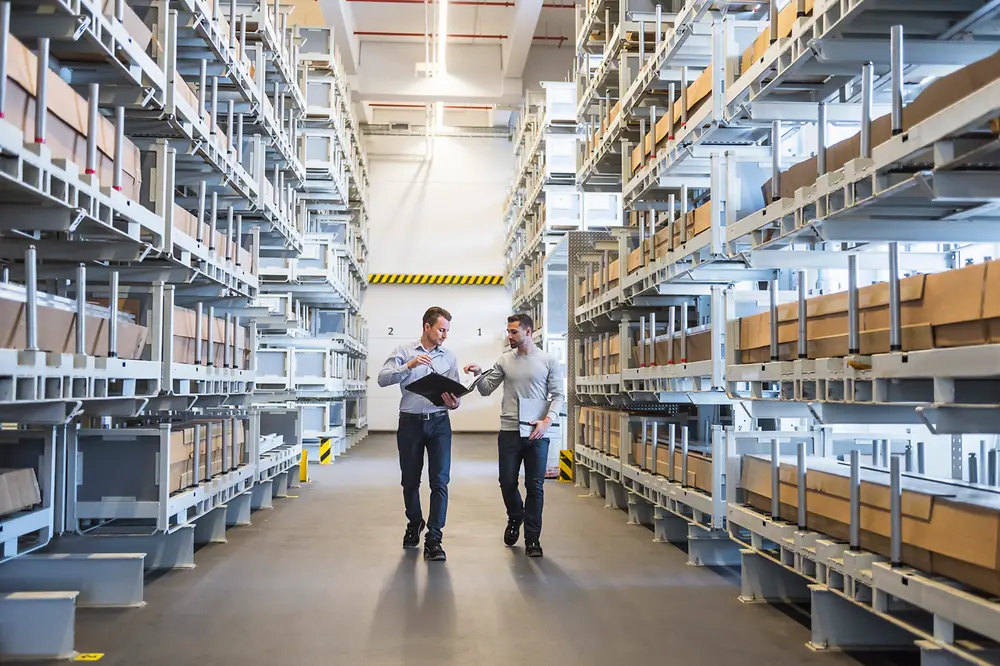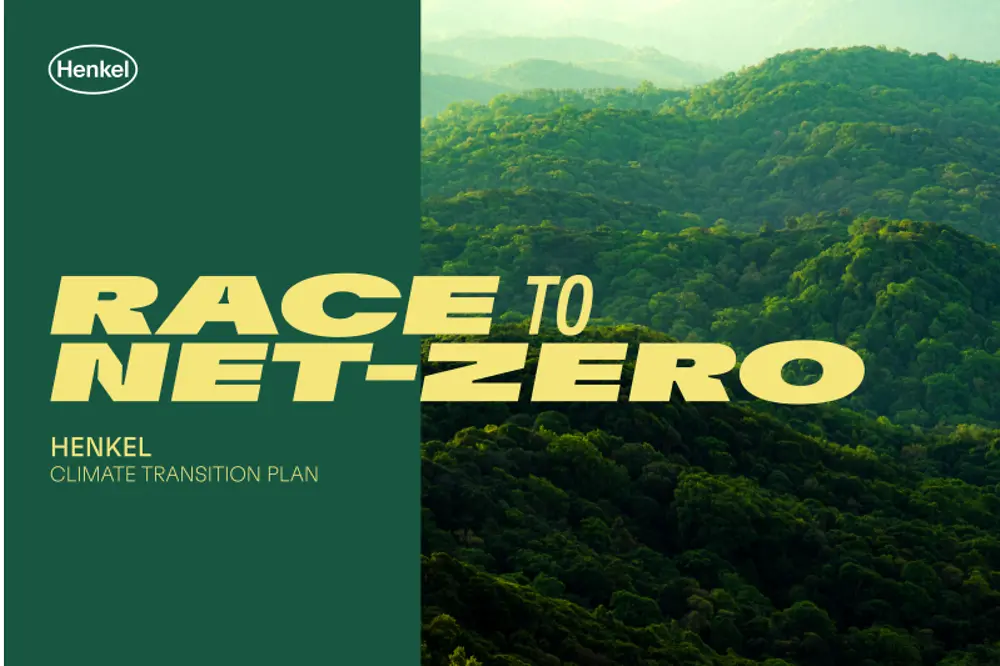A large portion of our products are consumer goods and therefore most emissions occur relatively far down a very long value chain. Accordingly, our emissions portfolio is structured in such a way that we do not have particularly large amounts of scope 1 or 2 emissions. Our manufacturing processes are relatively efficient and not especially energy-intensive. Therefore, our scope 3 emissions are highly relevant compared to scope 1 and scope 2. When we break down scope 3 emissions, the usage phase of our products is by far the largest source. Significant emission sources are also the procurement of raw materials and packaging materials, as well as a notable share at the end-of-life stage of our products. Transport emissions and all other emissions are relatively low.
We have created a so-called Climate Transition Plan. There we have defined key levers to achieve these targets. For our own scope 1 and 2 emissions, we focus on energy efficiency, for example. When we require energy, we use green or climate-neutral sources. Additionally, we generate our own electricity wherever possible, for instance through photovoltaics. Addressing scope 3, we develop products that are significantly lower in emissions during their use. We also use raw materials that are manufactured and produced with significantly fewer emissions. Our logistics and transport needs are also being transformed to cause as few emissions as possible. And the circular economy comes into play wherever we can use recycled materials. Ultimately, the strategy and plan encompass almost all areas of our actions.
